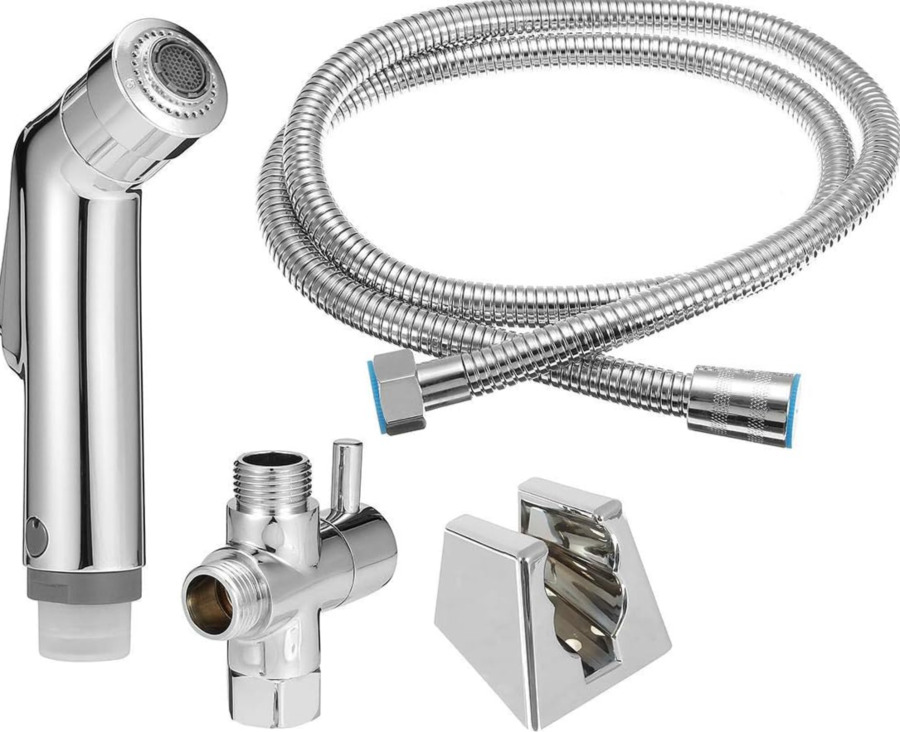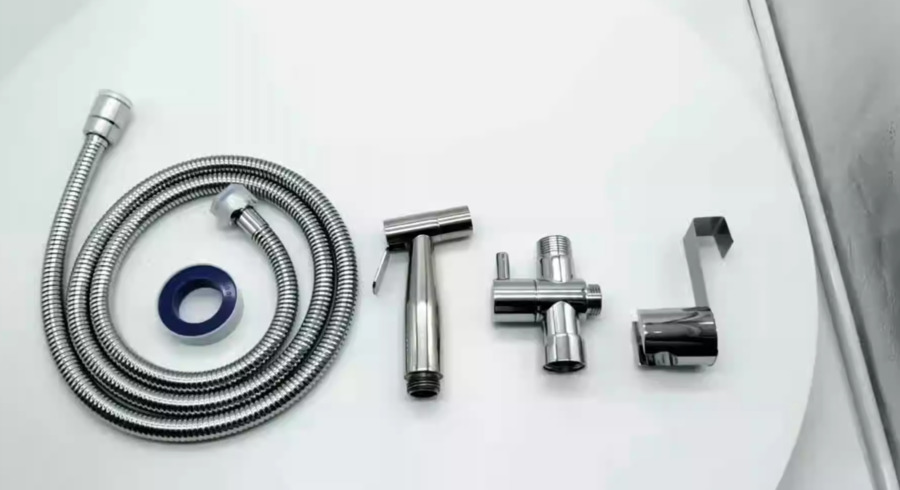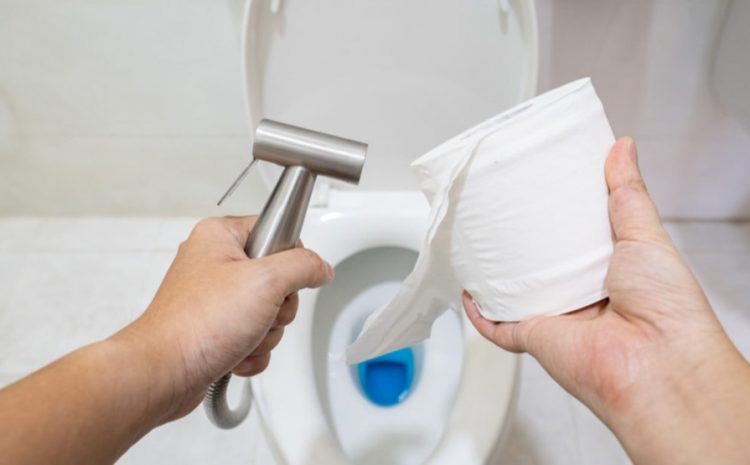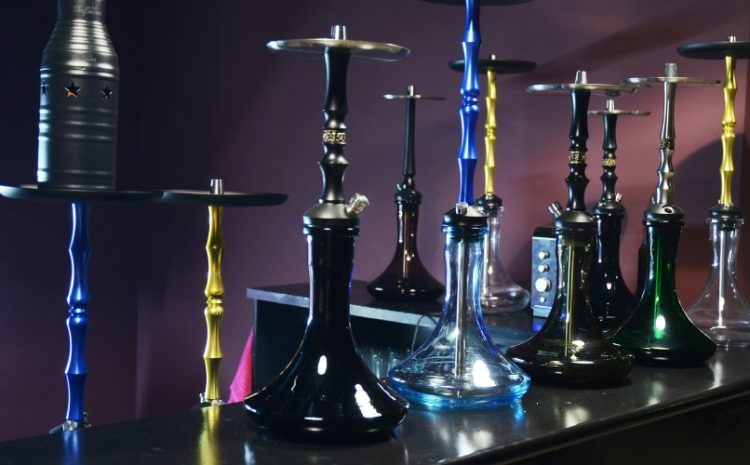Globally, people have adopted diverse personal hygiene solutions influenced by comfort, cultural norms, and environmental concerns. This article discusses everything you need to know about shattaf sets, bidets, and wet wipes, focusing on their suitability for the arid conditions prevalent in the Middle East. Personal hygiene is especially crucial in regions with extreme weather and limited water, where a mix of environmental, cultural, and personal factors shapes the selection of hygiene products. Among the various options, bidets, shattaf sets, and wet wipes emerge as notable choices, each offering specific benefits and drawbacks.
Page Contents
Shattaf Sets
A shattaf set, often called a handheld bidet, is commonly found in Middle Eastern households. It consists of a nozzle that directs a spray of water for post-toilet cleansing. The device is highly valued in the region for its water efficiency and alignment with cultural norms emphasizing water use in cleansing rituals.
Advantages
One of the significant advantages of the shattaf set is its contribution to water conservation. Given the water scarcity in arid regions, the shattaf set’s controlled water spray ensures minimal waste. Additionally, its widespread cultural acceptance makes it a preferred choice for many households, offering an easy-to-use solution that aligns with traditional cleansing practices.

Disadvantages
However, installing shattaf sets involves an initial investment and potential alterations to existing plumbing systems. Moreover, while it is effective for personal cleanliness, there is a debate over its water usage efficiency compared to other solutions, considering the precious nature of water resources in arid environments.
Bidets
Bidets, available as standalone fixtures or toilet seat attachments, offer a hands-free cleansing experience. Their adoption varies globally, with a noticeable trend towards increased popularity in Middle Eastern markets.
Advantages
Bidets are lauded for their minimal environmental impact, especially when compared to disposable wet wipes. They offer a hygienic, water-based cleansing method that is both gentle and thorough. The comfort and cleanliness bidets provide, and their potential to reduce toilet paper consumption present a compelling case for their use.
Disadvantages
The primary barriers to bidet adoption include the installation cost and the space required in bathrooms. Moreover, the bidet concept may not be universally accepted due to differing cultural perceptions of cleanliness and bathroom habits.
Wet Wipes
Wet wipes are a popular choice for their convenience and immediate effectiveness. They come in various formulations, including biodegradable options that aim to lessen environmental impact.
Advantages
Wet wipes are an attractive option because of their portability and ease of use. They provide a quick solution for feeling clean and refreshed, especially when on the go. The added fragrance of some wipes can also offer a sense of freshness that water-based solutions do not.
Disadvantages
Despite their convenience, wet wipes pose significant environmental challenges. Non-biodegradable wipes contribute to landfill waste and can cause blockages in sewage systems. Even biodegradable options require considerable time to break down, posing a problem in regions where environmental conservation is critical. Furthermore, the cumulative cost and potential for irritation with frequent use are notable drawbacks.

Comparative Analysis
Environmental Impact
Comparing the ecological footprints of these hygiene solutions highlights the advantages of water-based methods. shattaf sets and bidets, by leveraging water — a renewable resource, when used responsibly — offer a more sustainable option than wet wipes, which generate waste and can harm wildlife and ecosystems.
Cultural and Practical Acceptance
Cultural norms significantly influence the choice of hygiene solutions. Water-based cleansing methods, such as shattaf sets and bidets, are deeply ingrained in Middle Eastern cultures, where water is considered purifying. Practical considerations, such as the availability of space and the willingness to adjust bathroom layouts, also play a crucial role in determining the preferred option.
Cost-Benefit Analysis
Some users may be discouraged by the initial cost of shattaf sets and bidets, but in the long run, the financial savings come from decreased waste and dependency on disposable items. Although wet wipes may appear to be less expensive initially, they may result in increased costs over time and remediation costs.
Best Choice for Arid Regions
Considering the factors of environmental sustainability, cultural alignment, and cost-effectiveness, shattaf sets and bidets emerge as preferable choices for hygiene practices in arid regions. Their water-based cleansing method aligns with local customs and offers an environmentally friendly alternative to disposable wet wipes.
The adoption of bidets, in particular, reflects a growing awareness of environmental issues and a willingness to embrace technology for personal hygiene. Meanwhile, the shattaf set remains a staple in many households, prized for its simplicity and effectiveness.
Conclusion
Choosing a hygiene solution involves environmental, cultural, and economic factors. Water-based hygiene procedures are especially beneficial in hot settings with limited water resources. Sustainable, culturally appropriate shattaf sets and bidets suit current hygienic demands without harming the environment.
As global environmental awareness rises, sustainable hygiene solutions become more crucial. People may conserve water and protect cultural heritage and the planet’s future by adopting water-efficient habits. So, if you’re looking for shattaf sets or water bidets, RAK Ceramics sounds like a good option.




